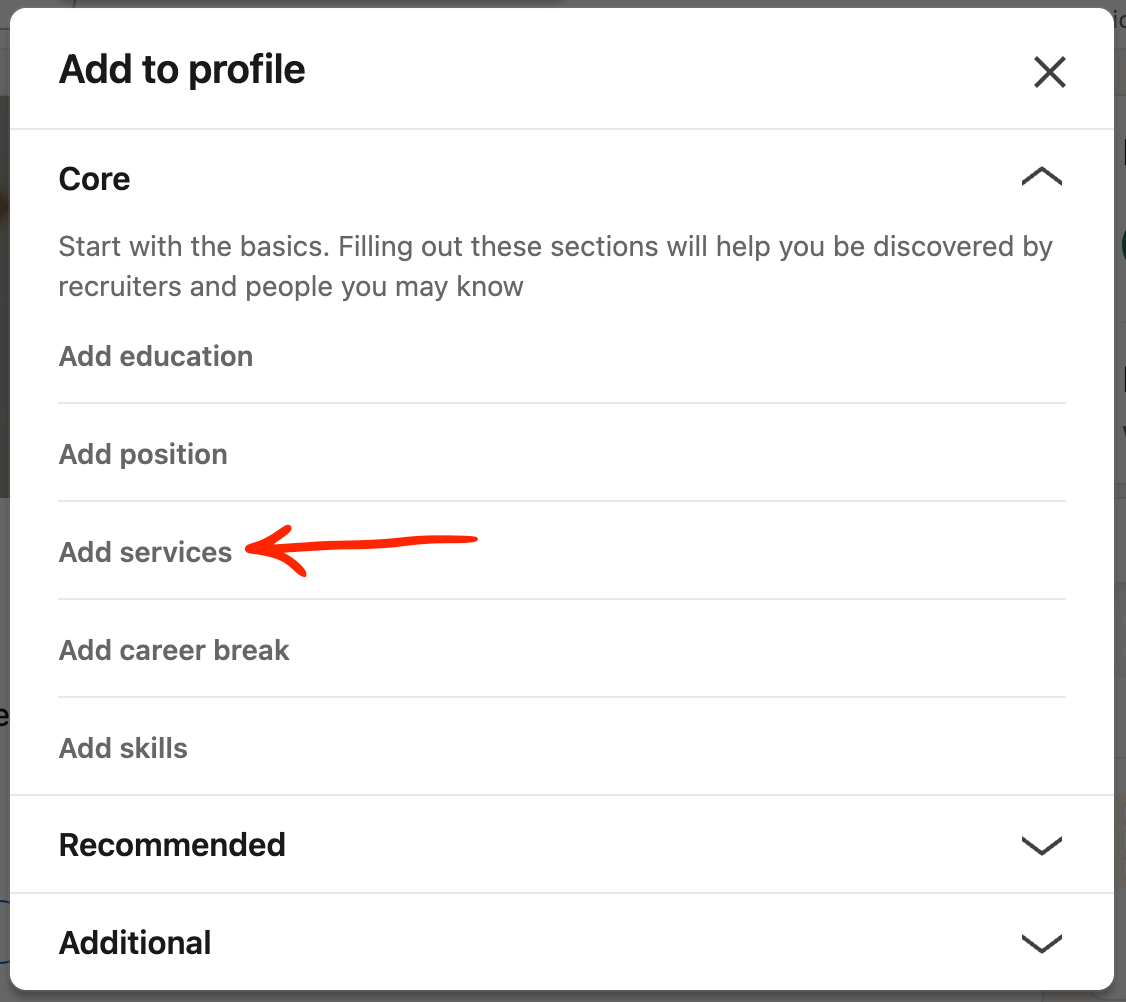Your LinkedIn profile is wrong for freelance ❌
How to attract clients, not just employers.
Let's talk about Marco.
Marco is a great software developer. He’s skilled, works hard at his full-time job, and in his spare time, he's even built a few cool side projects.
But when he looks at his LinkedIn profile, he feels... stuck 😩.
It reads like a boring history book of his past duties: "Responsible for X," "Developed Y." He dreams of going freelance, of choosing his own projects and clients, but his profile screams "I am a loyal employee looking for my next job."
It doesn't attract the opportunities he really wants.
This is a story many developers know well. The leap from employee to freelancer is huge, and it starts with a complete change in how you present yourself to the world. Your LinkedIn profile needs a total transformation.
This is the story of how Marco re-engineered his LinkedIn presence, and how you can too.
The mindset shift: you are not a job seeker, you are a business 🏢
Marco's first "aha!" moment came when he looked at his profile from a potential client's perspective.
They weren't looking to hire an "employee."
They were looking to hire a service to solve a business problem.
His profile was all about him and his past. It wasn't about them and their future.
💡 That's when it clicked.
"My profile is a CV, but I need it to be a sales page!"
This is the most important shift. As a freelancer, you are a business of one 🕴️. Every part of your LinkedIn should be designed to answer one question for your future client: "Why are you the best person to solve my problem?"
Marco's profile makeover: rewriting for clients 🛠️
With this new mindset, Marco got to work rewriting the most critical parts of his profile.
He stopped describing duties and started describing solutions.
Here’s what he changed:
His Headline:
Before: "Software Engineer at Acme Corp"
After: "Freelance Python & AWS Developer | Helping small businesses build scalable cloud solutions 🚀"
His "About" Section:
He deleted the old, passive summary ("Experienced developer with skills in...").
He wrote a new one, speaking directly to his ideal client: "Are you a startup struggling to scale your infrastructure? I help businesses design and build robust, cloud-native solutions using Python and AWS so you can focus on growth. Let's chat about your project."
His "Experience" Section:
He went through his old job descriptions and reframed the bullet points to focus on results that a client would care about.
Before: "Wrote and maintained APIs."
After: "Developed and optimized a key API, resulting in a 30% improvement in response time and supporting a 50% increase in user traffic."
Suddenly, his profile wasn't just a record of his past.
It was a promise of his future value to a client ✅.
From silent coder to trusted expert: Marco's content plan 💡
Marco's profile was now strong, but he realized it was still passive. People had to find him.
He needed to show his expertise actively.
The thought was terrifying 😨. "What do I even post about? I'm not a famous tech blogger!"
So, he started small. He wrote one short post about a problem he solved on a personal project. He used a simple structure:
The Problem: "I was building a side project and struggled with managing environment variables securely."
The Solution: "After some research, I found a simple and effective approach using..."
The Learning: "It's a great reminder that sometimes the simplest solution is the best one!"
The post got a few likes and a comment from another developer. But more importantly, Marco had broken through his fear 💪. He realized that sharing his process was a powerful way to build trust and show his skills in action.
His content became his 24/7 sales team, proving his expertise while he slept.
Activating your storefront: using LinkedIn's "services" page 🛒
One day, while exploring LinkedIn, Marco found the "Services Page" feature.
It was like finding a hidden door 🚪.
🛍️ This feature allowed him to officially list the services he offered, making him discoverable to people actively searching on LinkedIn for freelancers with his skills.
He quickly set it up, listing "Web Development," "Cloud Consulting," and "API Development." It was like putting a bright "Open for Business" sign on his profile. It was a clear signal to LinkedIn's algorithm and to potential clients that he was ready for freelance work.
New network, new opportunities 🤝
Marco looked at his network and saw it was mostly other developers. That was great for community, but not for finding clients.
He needed to change his networking strategy.
His new approach was simple:
He started connecting with people who could hire him: CTOs at startups, project managers, and small business owners.
He joined LinkedIn Groups where these people spent their time, like groups for entrepreneurs or specific industries he was interested in.
He stopped just "liking" posts and started leaving thoughtful comments on the problems and questions his potential clients were posting about.
He wasn't asking for work. He was building relationships and becoming a helpful, familiar name in the circles that mattered for his new business.
The power of client recommendations ⭐
After completing his first small freelance project, Marco did something his "employee" self would never have thought to do.
He politely asked for a recommendation on LinkedIn.
He sent a simple message: "Hi [Client Name], I really enjoyed working on your project. If you were happy with the result, a brief recommendation on my LinkedIn profile would be a huge help for my freelance business."
The client left a glowing review. It was more powerful than any bullet point in his experience section.
It was real social proof ⭐.
Marco's journey from employee to freelancer wasn't just about quitting his job. It was a complete transformation of his professional identity, and LinkedIn was his main stage.
By changing his mindset, rewriting his story, and actively showcasing his value, he went from waiting for opportunities to creating them. Now, instead of applying for jobs, he's fielding inquiries from potential clients 📈.
✨ And you can do the same.



